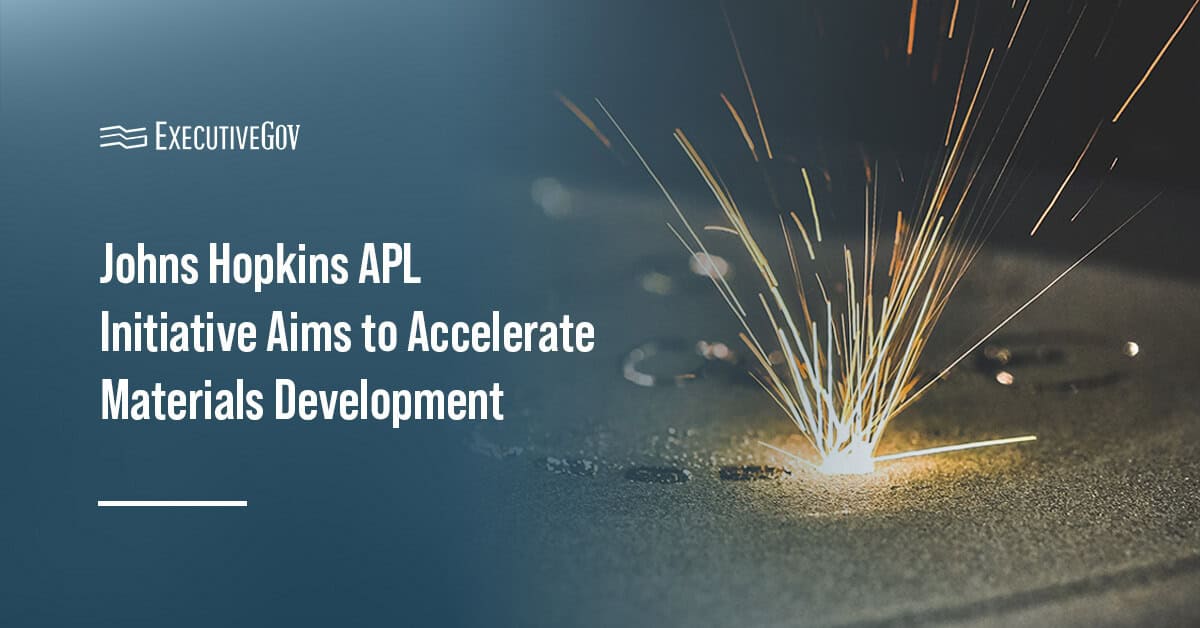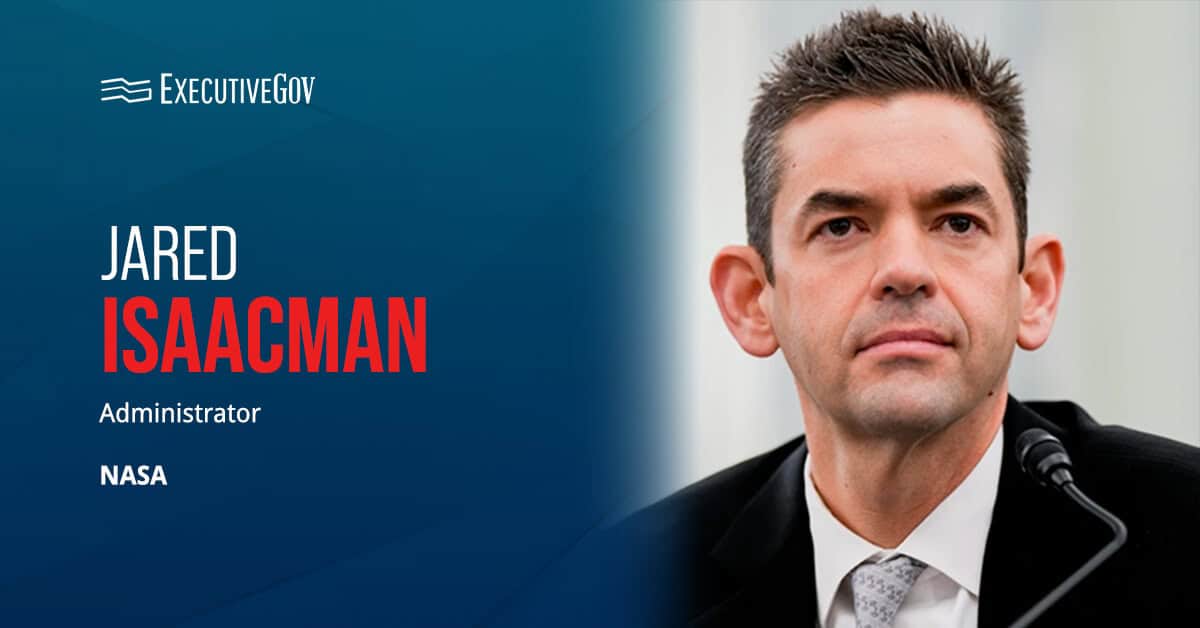Scientists and engineers at the Johns Hopkins Applied Physics Laboratory are developing a new approach that aims to speed up the process of designing, optimizing and testing metal components for the defense industrial base using artificial intelligence and robotics.
Table of Contents
APL’s TETRA Initiative
APL said Wednesday the Transforming Evaluation and Testing via Robotics and Acceleration, or TETRA, effort is funded by the Pentagon’s Industrial Base Analysis and Sustainment program.
“When developing materials for defense needs, it’s not just about the composition of the alloy or system — it’s also about how you shape, treat and refine it,” said Morgan Trexler, head of the research program area at APL’s Research and Exploratory Development Mission Area.
“TETRA has potential to be game-changing because it allows us to simultaneously consider every variable that impacts performance, which until now, has been painstaking and time-consuming, sometimes taking months to achieve what TETRA can accomplish in just a matter of days,” added Trexler.
Paul Lambert, TETRA co-lead, mentioned how the TETRA lab could help accelerate the material testing process.
“With the TETRA lab, we’re working to simultaneously explore all of the different composition and processing variants that influence properties and performance — or at least we aim to do this significantly more rapidly,” Lambert noted.
TETRA’s Adoption of Additive Manufacturing
APL said TETRA leverages the blown-powder directed energy deposition, or DED, process. DED is an additive manufacturing technique that involves the use of a laser to melt metal powder as it is fed into the build area, solidifying quickly and allowing the formation of dense metal structures.
The TETRA lab is expected to serve as a materials research and development facility. It will feature several capabilities, including a melting furnace for the synthesis of custom castings from raw materials, hot forging equipment and custom heat treatment furnaces.
Lamber stated that such tools could help researchers identify problems in the manufacturing of legacy or existing parts, such as figuring out why a large number of parts are rejected due to poor quality.
“One envisioned future use for the TETRA lab is to help diagnose those kinds of problems with existing parts, in addition to creating new ones,” Lambert said.





